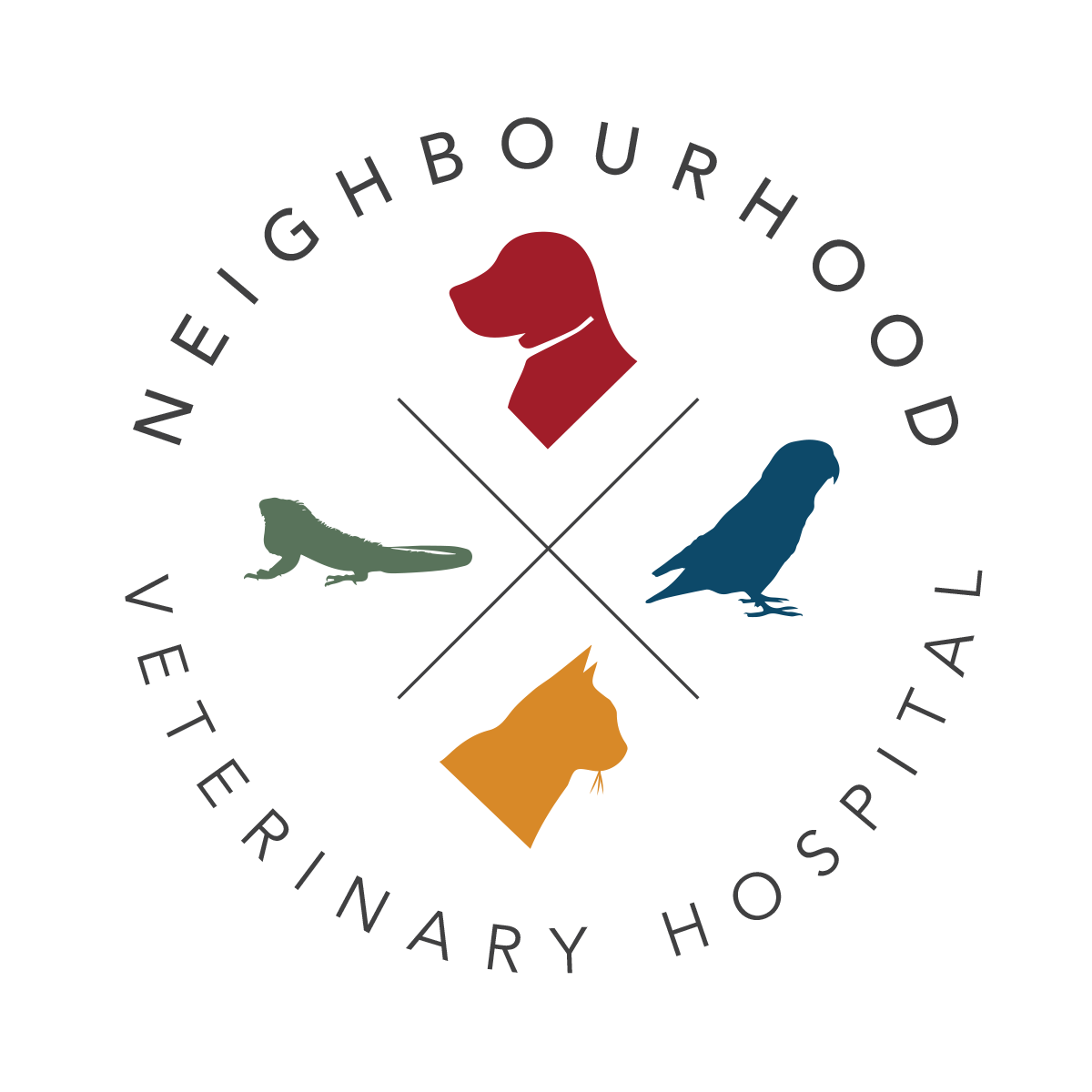Library
-
Ceramides are naturally occurring lipid (fat) molecules that make up a large portion of the outer skin layer. Ceramide skin care products are available as over-the-counter veterinary products in various topical forms. They are used to help manage skin conditions in dogs, cats, and other animals. Your veterinarian is the best source of information about the safety of non-drug health products in pets.
-
Cerebellar hypoplasia is a developmental condition in which the cerebellum of the brain fails to develop properly. It most commonly occurs when a pregnant cat becomes infected with feline panleukopenia virus and passes the infection to her unborn kittens. There is no treatment, but kittens with cerebellar hypoplasia are not infectious to other kittens or cats, are not in any pain, and will learn to adapt to their disability over time.
-
Cerebrospinal fluid (CSF) is a clear, colorless fluid found in the brain and spinal cord. The collection of CSF is usually required when a pet shows clinical signs, such as seizures, incoordination, circling behavior, and neck or back pain, when no obvious cause is known.
-
The intervertebral discs allow movement in the spine and act as shock absorbers between the vertebrae. If the disc degenerates or is damaged in some way, the disc may bulge and put pressure on the spinal cord and/or the roots of the spinal nerves that come off the sides of the spinal cord. This pressure can cause symptoms ranging from severe pain to weakness to paralysis.
-
Cervical vertebral instability (wobbler syndrome) is caused by compression of the spinal cord, usually at the base of the neck. Although the spinal cord compression occurs in the neck, the hind legs are often affected first. In severe cases, the dog may suddenly develop total paralysis of all four limbs. The condition is most prevalent in Great Danes and Doberman Pinschers. Most pets enjoy a relatively normal lifestyle following surgery.
-
A cesarean section is a surgery to remove kittens from the uterus and is most commonly performed as an emergency procedure when there is difficulty with natural birth. During the immediate recovery period, the mother and kittens must be closely monitored and begin eating/nursing within a few hours. If you have any concerns about their health, you should immediately have your veterinarian examine the kittens and their mother.
-
Cetirizine (Zyrtec®, Reactine®) is an antihistamine used off label to treat and prevent pruritus (itching) associated with atopic dermatitis, urticaria (hives), and insect bite reactions in cats and dogs. It may also be used for respiratory allergy symptoms.
-
Cetyl myristoleate is a supplement given by mouth and is used over the counter to treat osteoarthritis, most commonly in dogs. Give as directed by your veterinarian. Side effects are uncommon but may include gastrointestinal upset. Use cautiously in debilitated, pregnant, or lactating pets. If a negative reaction occurs, please call your veterinary office.
-
This handout summarizes Chagas disease in dogs. Caused by a protozoal parasite called Trypanosoma cruzi, it is spread by the bite of infected insects or ingestion of infected insects and rodents. The clinical signs of the condition, along with its treatment, prevention, and risk to human health are outlined.
-
Chameleons may be affected by a variety of medical conditions. A swollen abdomen needs attention by a veterinarian in case of possible egg retention. Swollen joints are most likely an indication of uric acid deposits, a condition called articular gout. Chameleons with poor perching ability and/or abnormal leg angles likely have metabolic bone disease. Swellings of the tissue around the eyes is common and needs proper treatment, possibly surgery, to correct.

